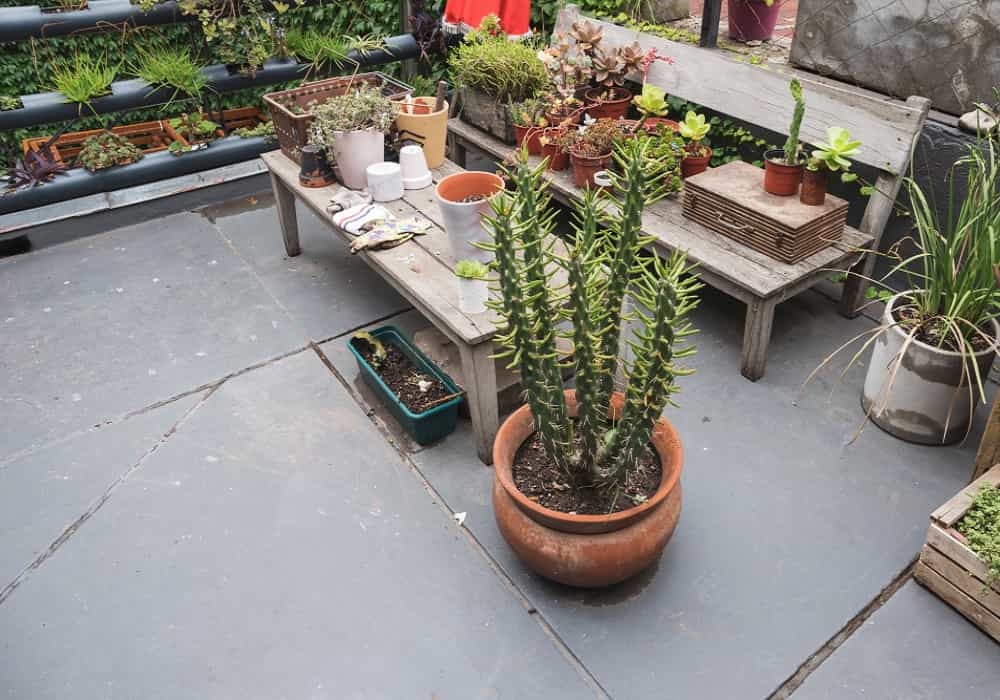10 Inspiring Gardening Ideas for Your Terrace: Transform Your Outdoor Space into a Green Oasis
Creating a terrace vegetable garden is a fantastic way to make the most of your outdoor space while adding a touch of greenery to your home. In India, terrace gardening has become increasingly popular due to limited ground space in urban areas. Whether you are a seasoned gardener or a beginner, these terrace vegetable garden ideas in India can help you create a lush, productive garden that suits your lifestyle.
1. Plan Your Space Wisely
The first step to a successful terrace vegetable garden is planning. Assess the available space on your terrace and consider factors such as sunlight, wind, and accessibility. In India, most vegetables require at least 4-6 hours of direct sunlight. Plan your garden layout to ensure that each plant receives the right amount of light. Use a combination of pots, planters, and vertical gardens to maximize the use of space.
2. Choose the Right Vegetables
Selecting the right vegetables for your terrace garden is crucial for success. Consider the local climate and season when choosing plants. Some of the best vegetables for terrace gardens in India include tomatoes, peppers, spinach, lettuce, and beans. These vegetables are easy to grow and thrive well in containers. Additionally, consider planting herbs like basil, mint, and coriander, which add flavor to your dishes and are great for small spaces.
3. Use Vertical Gardening Techniques
Vertical gardening is an excellent way to maximize limited space on your terrace. This technique involves growing plants vertically on walls or trellises, making it perfect for small terraces. You can use hanging pots, wall-mounted planters, or even DIY vertical garden structures to grow vegetables like cucumbers, peas, and beans. Vertical gardening not only saves space but also adds an aesthetic appeal to your terrace.
4. Incorporate Raised Beds
Raised beds are a great addition to any terrace vegetable garden. They provide better drainage, prevent soil compaction, and make it easier to manage weeds. You can build raised beds using wooden planks, bricks, or other materials available locally. Raised beds are particularly useful for growing root vegetables like carrots, beets, and radishes, which require deeper soil.
5. Opt for Container Gardening
Container gardening is one of the most popular terrace vegetable garden ideas in India. It allows you to grow a wide variety of vegetables in pots and planters, which can be moved around easily. Choose containers of different sizes and materials, such as clay pots, plastic containers, or even repurposed buckets. Ensure that all containers have drainage holes to prevent waterlogging. Vegetables like tomatoes, peppers, and herbs grow well in containers.
6. Implement Companion Planting
Companion planting is a gardening technique where different plants are grown together to benefit each other. This method can improve plant health, increase yields, and reduce pests. For instance, planting basil alongside tomatoes can enhance their flavor and repel pests. Similarly, growing marigolds near vegetable plants can deter insects. Experiment with different plant combinations to find what works best for your terrace vegetable garden.
7. Create a Composting Area
Composting is a sustainable way to recycle kitchen and garden waste into nutrient-rich soil. Setting up a small composting area on your terrace can provide you with a constant supply of organic fertilizer for your plants. You can use a compost bin or even a simple container with a lid to start composting. Adding compost to your soil improves its structure, fertility, and water-holding capacity, making your plants healthier and more productive.
8. Install a Drip Irrigation System
Watering is a critical aspect of maintaining a healthy terrace vegetable garden, especially in the hot and dry climate of India. A drip irrigation system is an efficient way to water your plants without wasting water. It delivers water directly to the plant roots, reducing evaporation and ensuring that each plant receives the right amount of water. You can set up a simple drip irrigation system using a hose, drip emitters, and a timer.
9. Incorporate Organic Gardening Practices
Adopting organic gardening practices is beneficial for your plants, the environment, and your health. Use organic fertilizers, such as compost, manure, and bone meal, to enrich the soil. Avoid chemical pesticides and opt for natural pest control methods like neem oil, garlic spray, or companion planting. Organic gardening not only promotes healthier plants but also produces safer, chemical-free vegetables for you and your family.
10. Add Decorative Elements
While the primary focus of a terrace vegetable garden is growing edible plants, adding decorative elements can enhance its overall appeal. Consider adding decorative pots, garden statues, or even a small water feature to create a relaxing and visually pleasing environment. Adding seating areas, like a bench or a couple of chairs, can transform your terrace into a perfect spot for relaxation and enjoying the fruits of your labor.
Conclusion
Creating a terrace vegetable garden in India is a rewarding and sustainable way to make use of your outdoor space. With these inspiring gardening ideas, you can transform your terrace into a green oasis that not only provides fresh, homegrown produce but also adds beauty and tranquility to your home. Remember to plan your garden, choose the right plants, and use sustainable practices to ensure a thriving and productive garden. Happy gardening!
